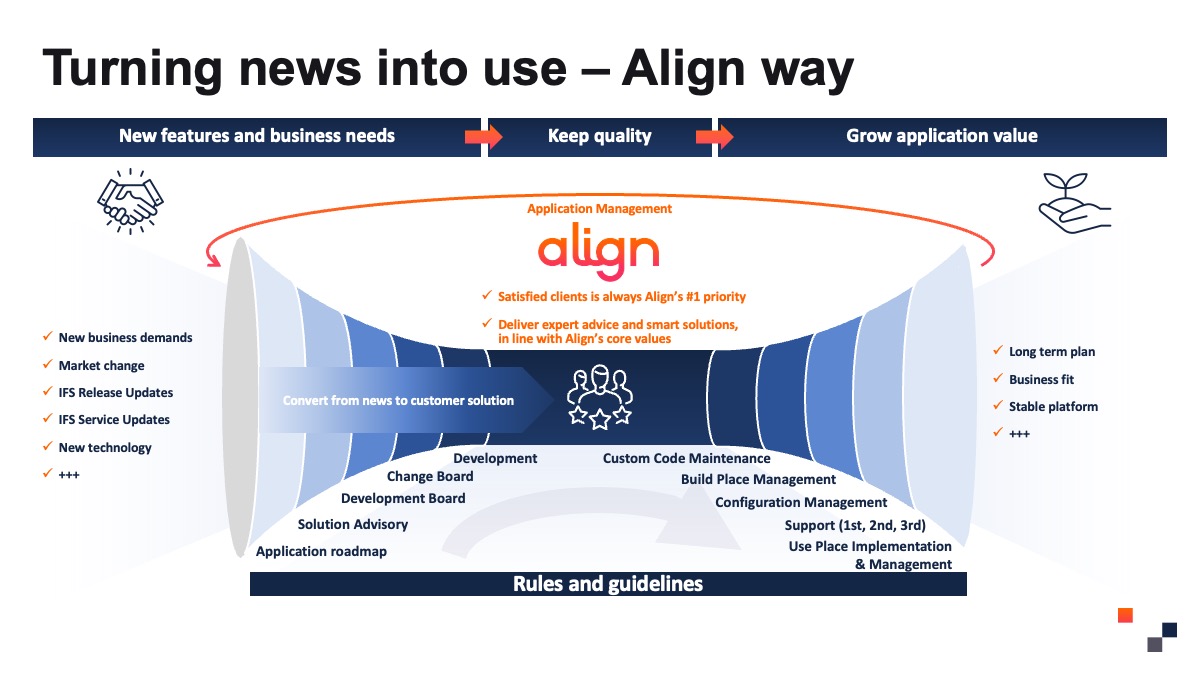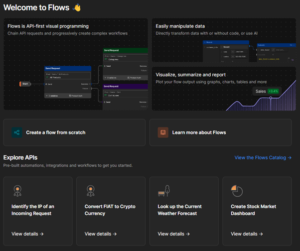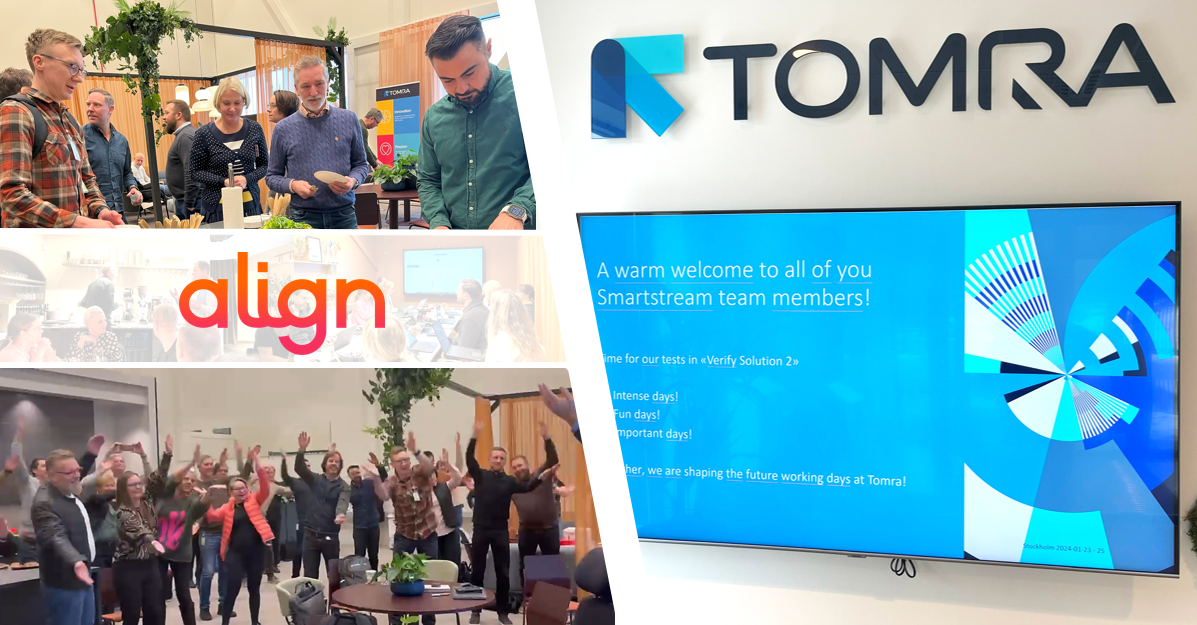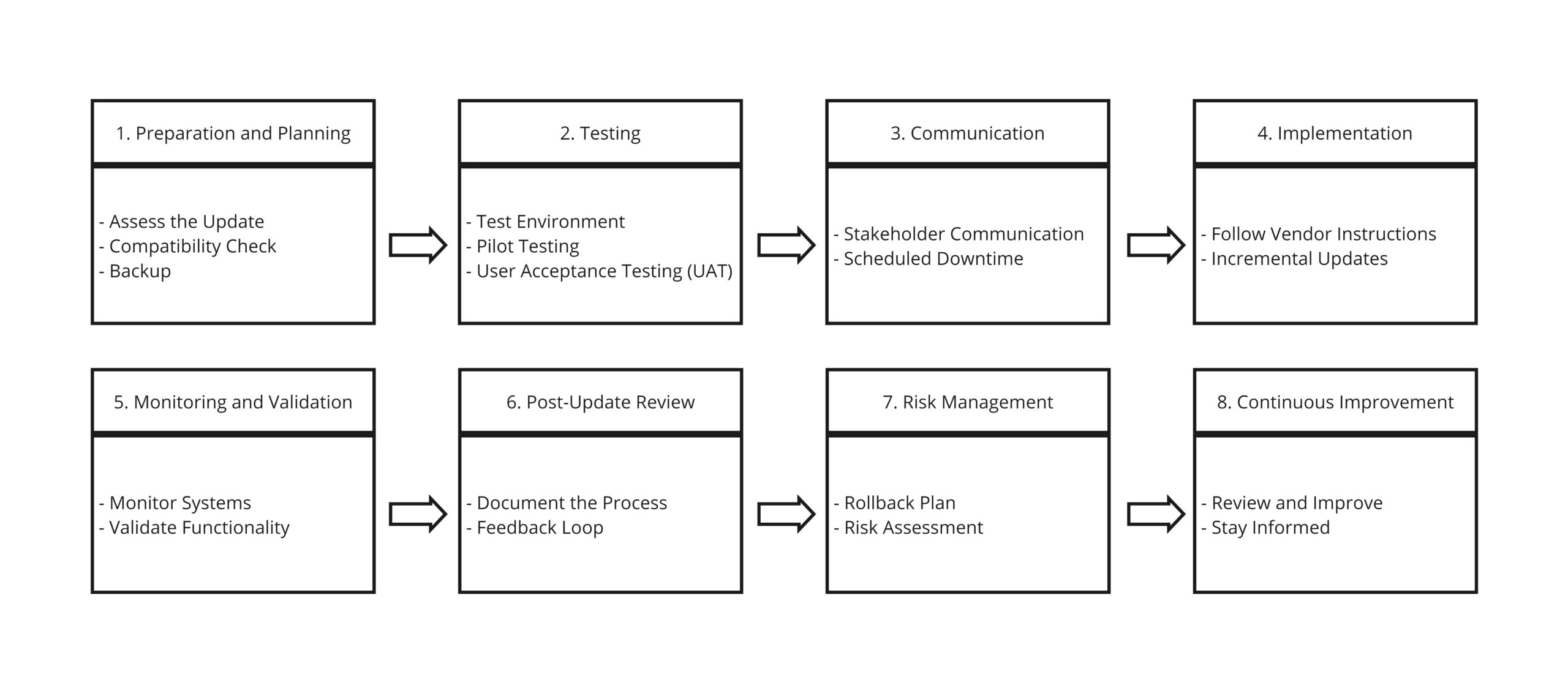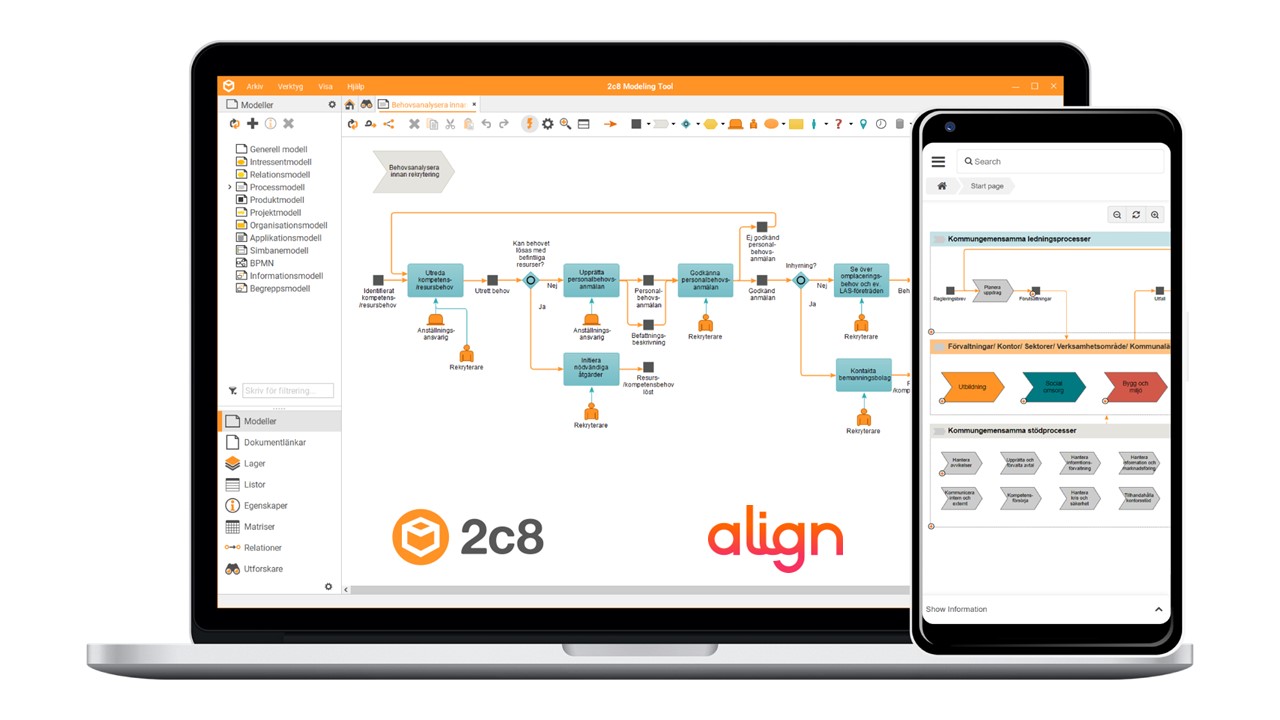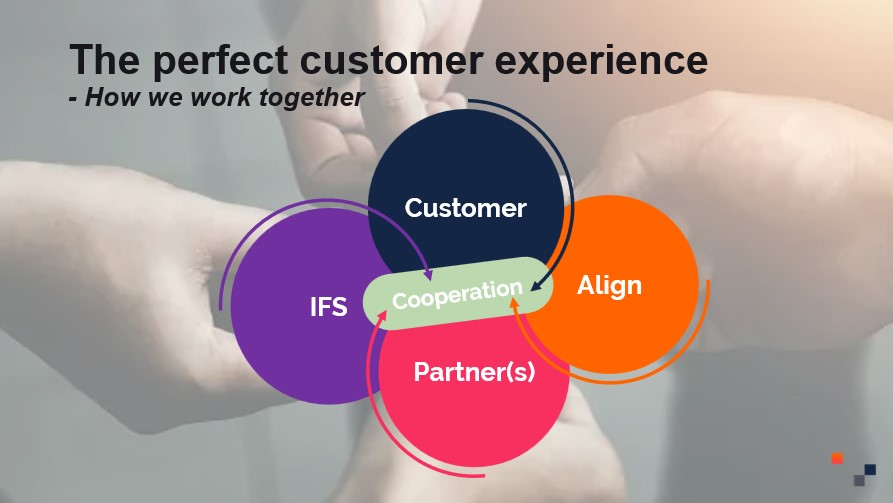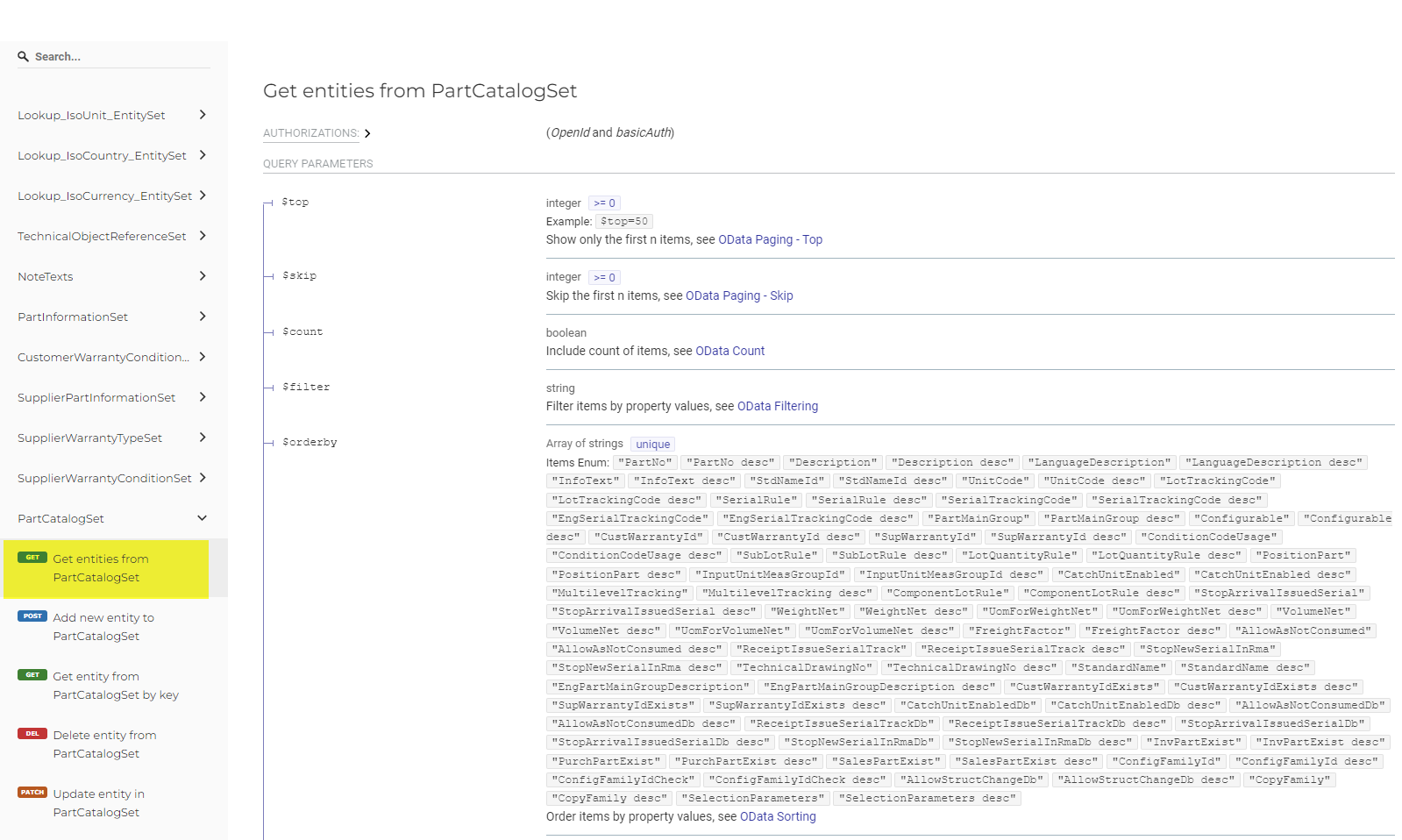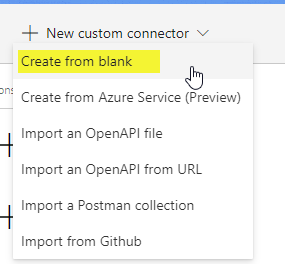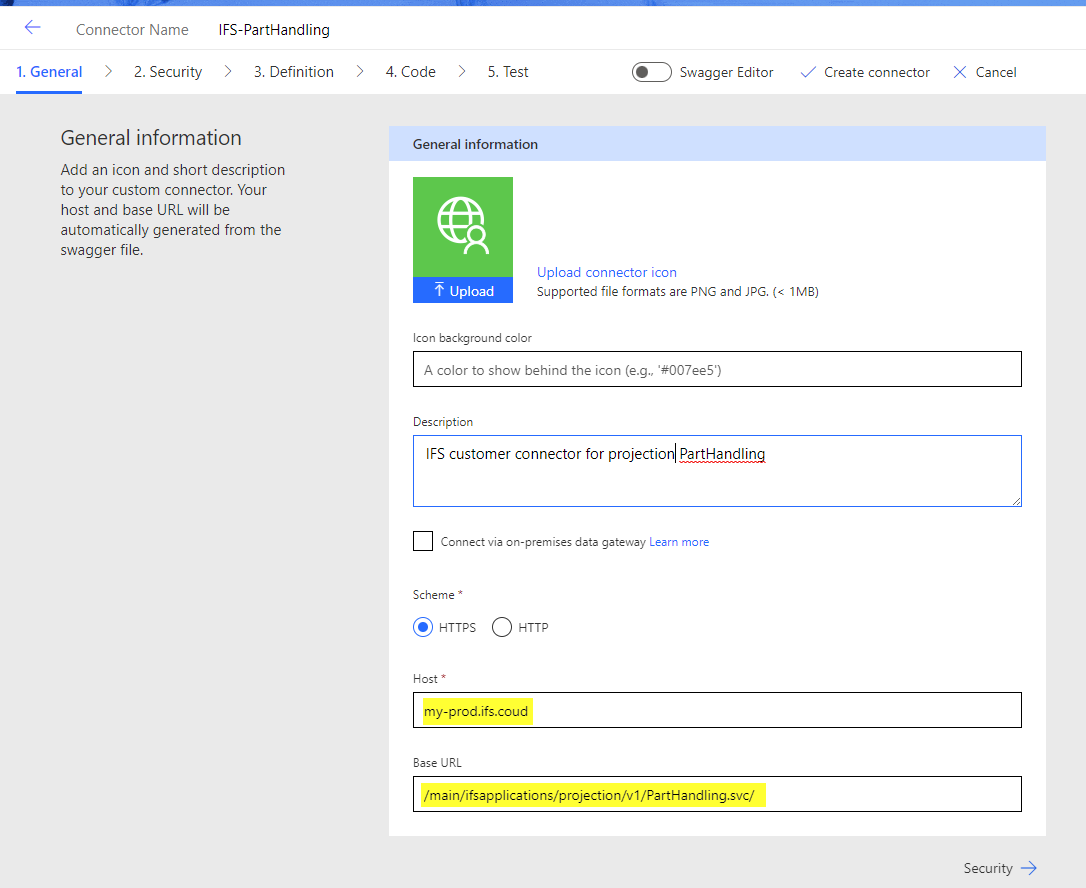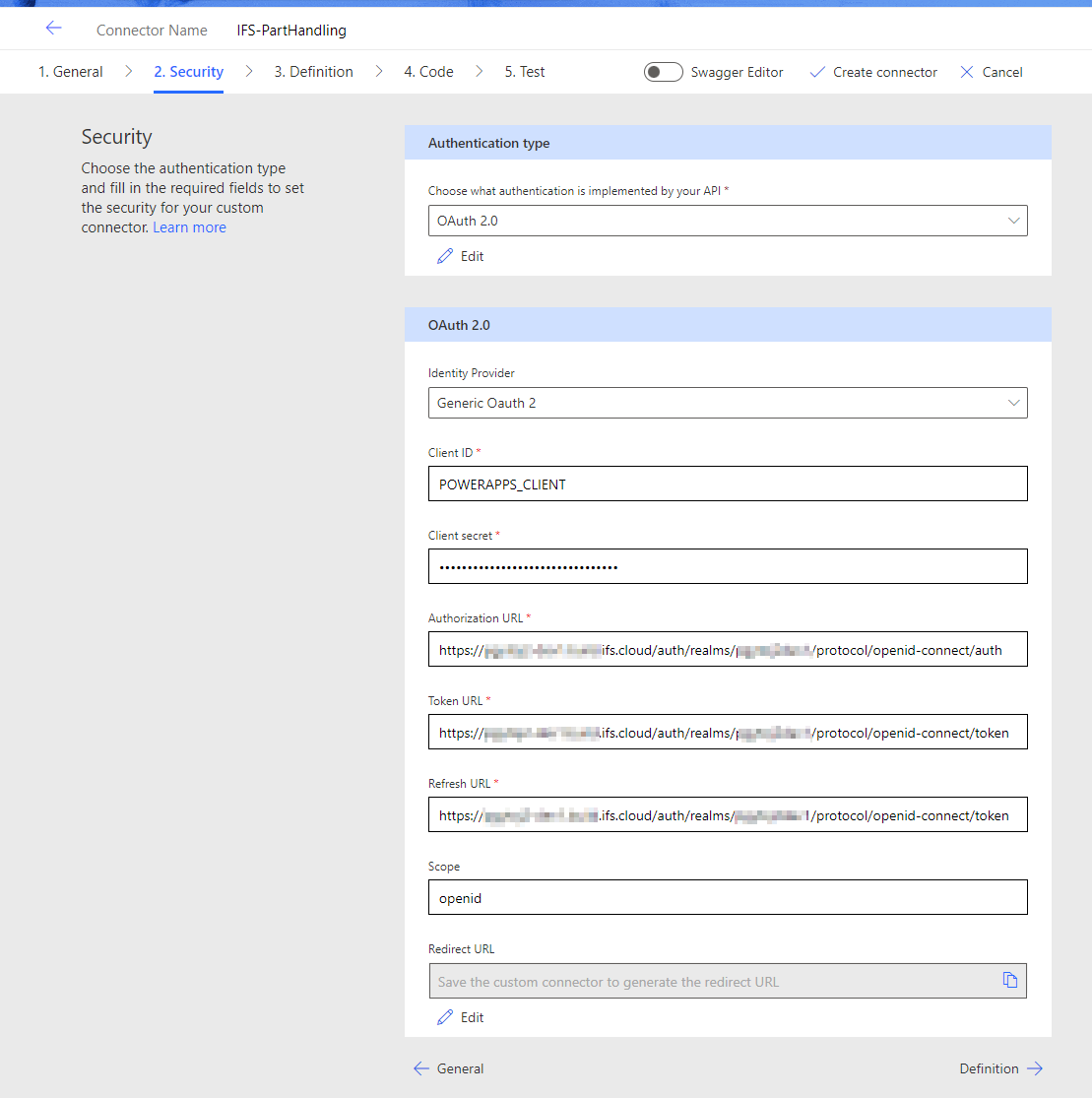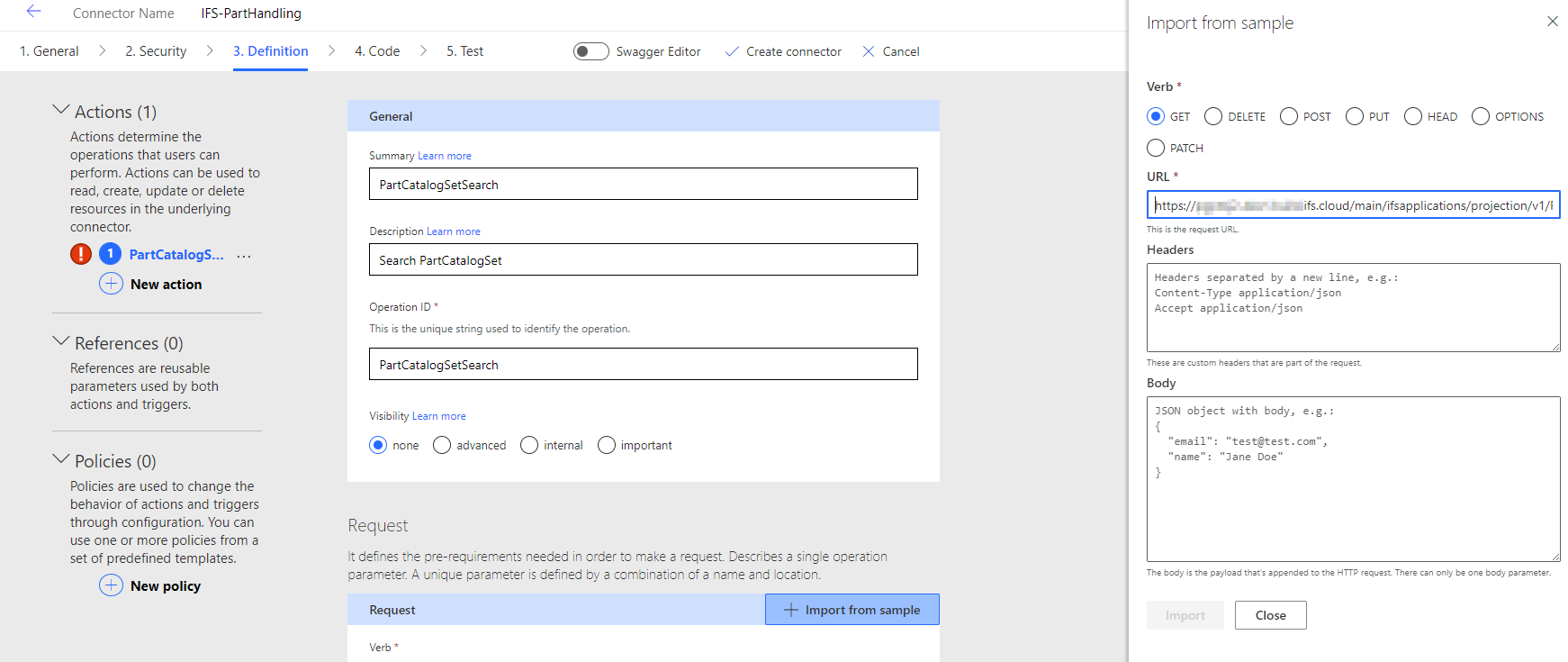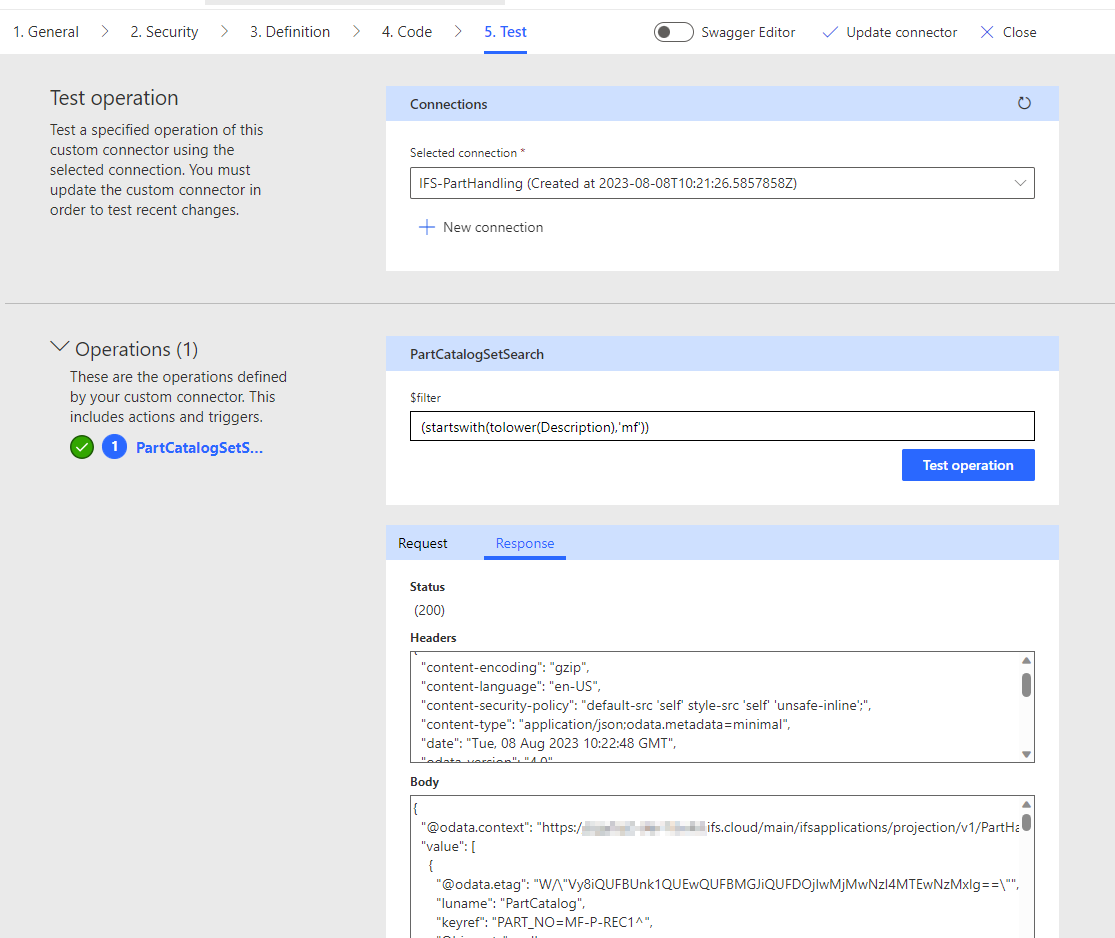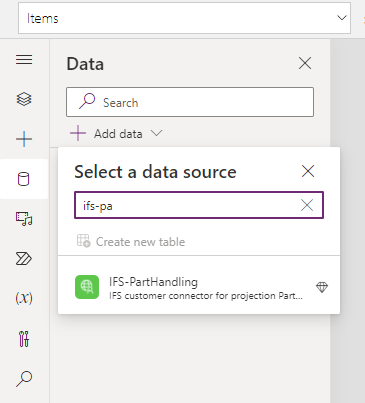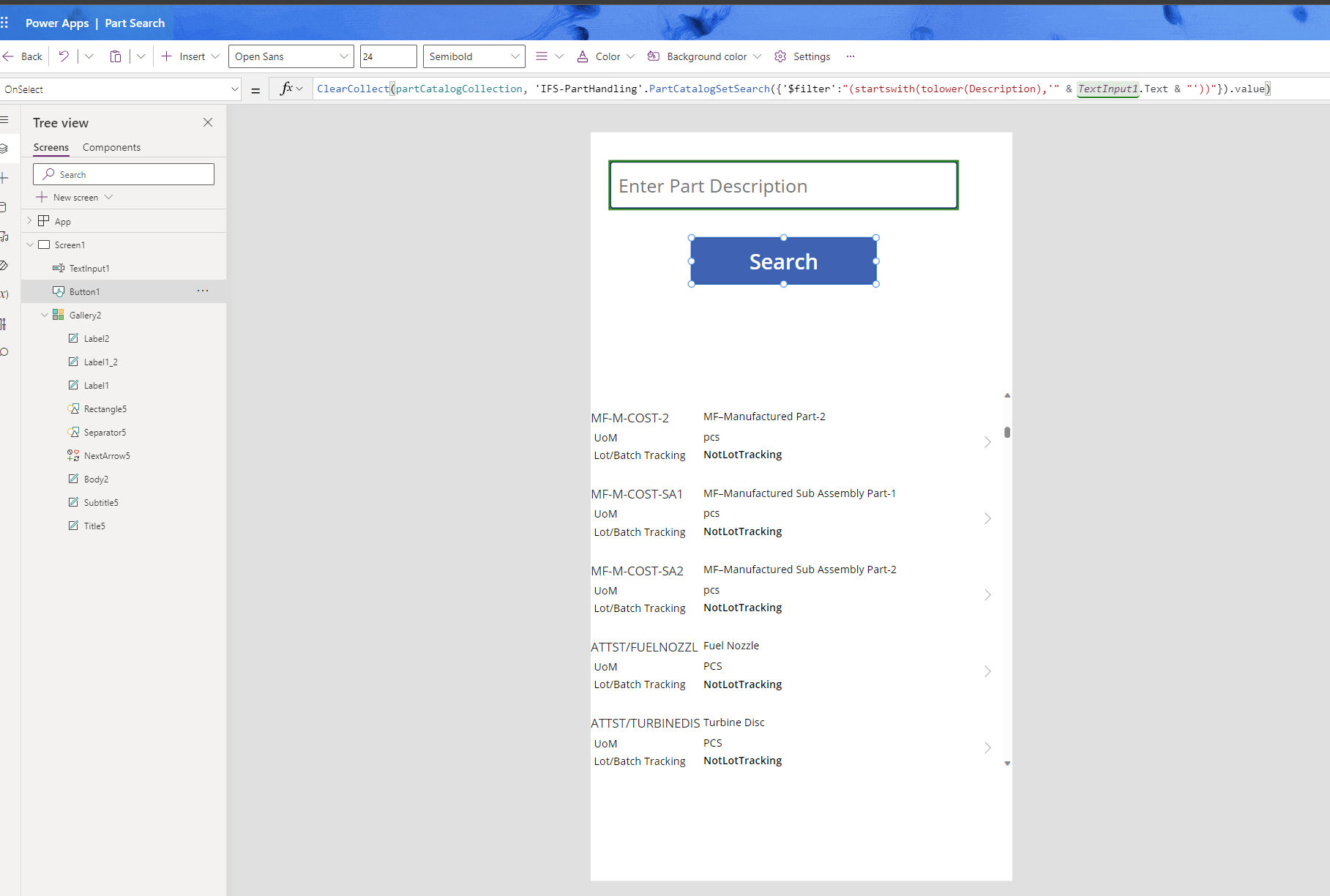At Align Consulting, we support our customers by providing technical review and quality assurance for IFS modifications delivered by third parties. As part of this, we offer a structured code review process to validate solutions developed by IFS, or other vendors, before they are delivered to the customer’s environments.
This service is currently being delivered to Wilhelmsen Ships Service (WSS) – a distinguished leader in the maritime industry. While IFS is responsible for the development, Align Consulting acts on behalf of WSS to perform independent code reviews, ensuring all deliverables are technically sound, functionally accurate, and ready for production deployment. In addition to WSS, this structured code review service has gained strong interest from other key customers in the industry.
What Our Customers Say
“We would like to extend our sincere thanks to Nadeesha De Silva for your valuable support in reviewing the code developed by our vendor. Your involvement played a crucial role in ensuring the quality, reliability, and maintainability of the solution.
The review was thorough, insightful, and constructive. She demonstrated strong technical expertise, identifying key areas for improvement and offering practical suggestions that significantly enhanced the overall code quality. You were prompt in communication, collaborative in your approach, and maintained a professional and solution-oriented mindset throughout the process.
The feedback not only helped us address immediate concerns but also contributed to improving the coding standards and document best practices. We look forward to continued collaboration and highly recommend for any code review or technical advisory roles.”
– Sri Kanth Mudhireddy— Technical Architect, Wilhelmsen Ships Service
Why Code Review Matters in IFS Projects
IFS Applications often involve complex business logic, multi-module dependencies, integrations with external systems, reporting, and configurations. Reviewing custom code is critical to:
- Ensure stability across application upgrades
- Avoid performance issues in production
- Align modifications with IFS development standards
- Align modifications with other underlined technologies such as Oracle, PL/SQL, Java
- Maintain compatibility with IFS upgrades and patches
The Shift with IFS Cloud: Why Customers Need to Take More Responsibility?
With the transition to IFS Cloud, there has been a significant shift in code ownership. Unlike traditional on-premise setups where IFS or IFS partners often managed the full development lifecycle, IFS Cloud empowers customers to own and maintain their custom code directly within the cloud environment.
Because of this shift:
- Customers are now responsible for the long-term quality, performance, and upgrade safety of their modifications.
- Poorly reviewed or non-compliant code can impact the entire IFS environment, including integrations and future upgrades.
- IFS Cloud follows a frequent release cadence, and unreviewed modifications increase the risk of incompatibilities or unexpected failures after updates.
- Code review becomes not just a quality control step, but a key practice in sustainable solution ownership.
Therefore, it is essential for customers to take an active role in reviewing and governing their custom code as part of owning their IFS Cloud solution ensuring that solutions are robust, future-proof, and aligned with both technical and business requirements.
Our Structured Review Approach
- Verify functional correctness – Ensure the implemented logic aligns with business requirements and handles edge cases appropriately.
- Enforce coding standards – Validate adherence to relevant coding guidelines based on the technology used such as Oracle PL/SQL, Java, and IFS Best Practices to ensure readability, consistency, and long-term maintainability.
- Improve performance – Identify inefficient logic, unnecessary loops, redundant calls, and PL/SQL operations that may degrade system performance or increase resource consumption.
- Enhance security – Detect and prevent common security issues such as SQL injection risks, improper handling of user input, and missing validation checks.
- Ensure maintainability – Promote modular, well-structured code that is easy to support, extend, and debug in future enhancements.
- Act as a pre-release quality gate – Serve as the final technical checkpoint before the solution is delivered to the customer environment, helping reduce post-deployment issues.
- Use of AI and Cloud-Based Tools for Smarter Reviews – At Align, we believe effective code review goes beyond manual inspection. We use modern tools such as ChatGPT (OpenAI Official Tool), Copilot with Visual Studio Code, JMeter + Azure Load Testing, etc. to enhance quality, accelerate feedback, and ensure production readiness.
What You Gain from Align Consulting’s Code Review Process
- Confidence that modifications meet both business logic and technical standards
- Reduced post-go-live issues and support overhead
- Improved performance and system responsiveness
- Enhanced security and risk mitigation
- Faster time-to-value and smoother release cycles
- Lower long term maintenance cost through clean, consistent code
- Seamless future upgrades with minimal modification breakage
Ready to learn more?
Book a meeting with us today to dive deeper into our code review practices and discover how they can be adapted to your organization’s IFS landscape. Whether you’re planning a major release, handling complex modifications, or simply aiming to improve code quality, we’re here to support you every step of the way.
We look forward to helping you deliver reliable, scalable, and upgrade-safe IFS solutions with confidence.


